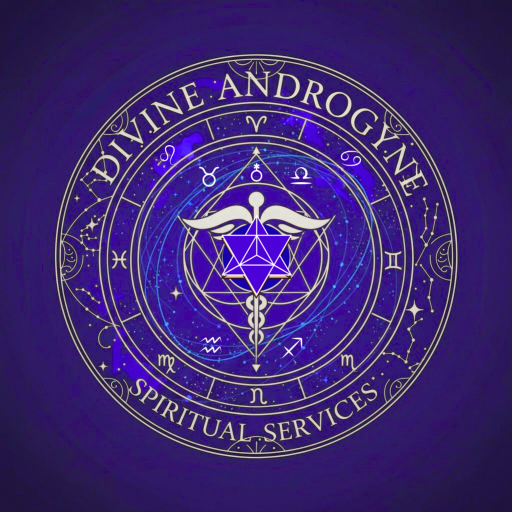
Building an ancestor altar for Samhain can be a deeply healing and spiritually enriching practice. Drawing inspiration from both traditional pagan practices and modern altar setups, you can create a space to honor your ancestors, heal from grief, and connect with your roots.
Samhain and the Ancestors
Samhain, often celebrated from October 31 to November 1, marks the thinning of the veil between the worlds of the living and the dead. It’s a time to honor those who have passed and acknowledge the cyclical nature of life, death, and rebirth. To begin, select a quiet and respectful space for your altar. This could be a small corner or a dedicated surface where you can place items that symbolize your connection to your ancestors.
Elements of an Ancestor Altar
- Photographs and Personal Mementos: Include photos or items that belonged to your ancestors. This can range from jewelry to letters, helping to create a tangible connection.
- Candles and Incense: Fire represents transformation and the guiding light for spirits. Incense or smudging herbs like sage or rosemary can purify the space, creating an inviting atmosphere for spiritual connections.
- Natural Elements: Incorporate elements like flowers, stones, or seasonal items such as pumpkins or autumn leaves to honor the earth’s cycles and bring nature’s energy into your altar.
- Food and Drink Offerings: In pagan traditions, food offerings are not only a way to honor ancestors but also a form of healing through ritual. Common offerings might include favorite foods of your loved ones, bread, or seasonal fruits like apples. A glass of wine, ale, or water can also be added as a symbolic gesture. Sharing a meal with your ancestors—leaving a portion out for them—helps to process grief and offers a sense of continued connection.
Healing Through Offerings
Offering food and drink is particularly powerful when dealing with grief. It’s a physical act of remembrance and care, showing that you continue to think of and honor those who have passed. In addition to this, such offerings allow you to engage in a ritual of release, acknowledging the pain of loss while inviting healing through the act of giving. The process becomes a peaceful way of saying, “I still care for you, even though you are not here in body.”
Rituals and Reflection Consider lighting a candle in memory of your ancestors and sitting in meditation, reflecting on their impact on your life. You can also use this time to tell stories, speak aloud to them, or simply sit in silence, trusting that they hear you. If you feel comfortable, journaling messages from your ancestors or simply your own emotions can deepen the connection.
In drawing from the altar setups for the Transgender Day of Remembrance, inclusivity can also play a role in your Samhain altar, ensuring that all ancestors, regardless of their identities in life, are honored with respect and love. This act of creating a space for all ancestors—whether blood-related or chosen family—acknowledges the diversity of those we have loved and lost, offering a profound way to heal as a community.
By blending traditional Samhain customs with modern touches, an ancestor altar becomes more than just a ritual space; it becomes a living tribute to the ongoing presence of the past in our lives. Through this, the veil thins not only in the world but in our hearts, opening a pathway for both remembrance and healing.
For further guidance on setting up altars and engaging in grief-healing practices, you can explore more on platforms like Divine Androgyne, where spiritual coaching and holistic approaches to mediumship are offered through www.DivineAndrogyne.com and you can also save money and book a package of coaching and mentorship at Coaching/Mentoring Packages

